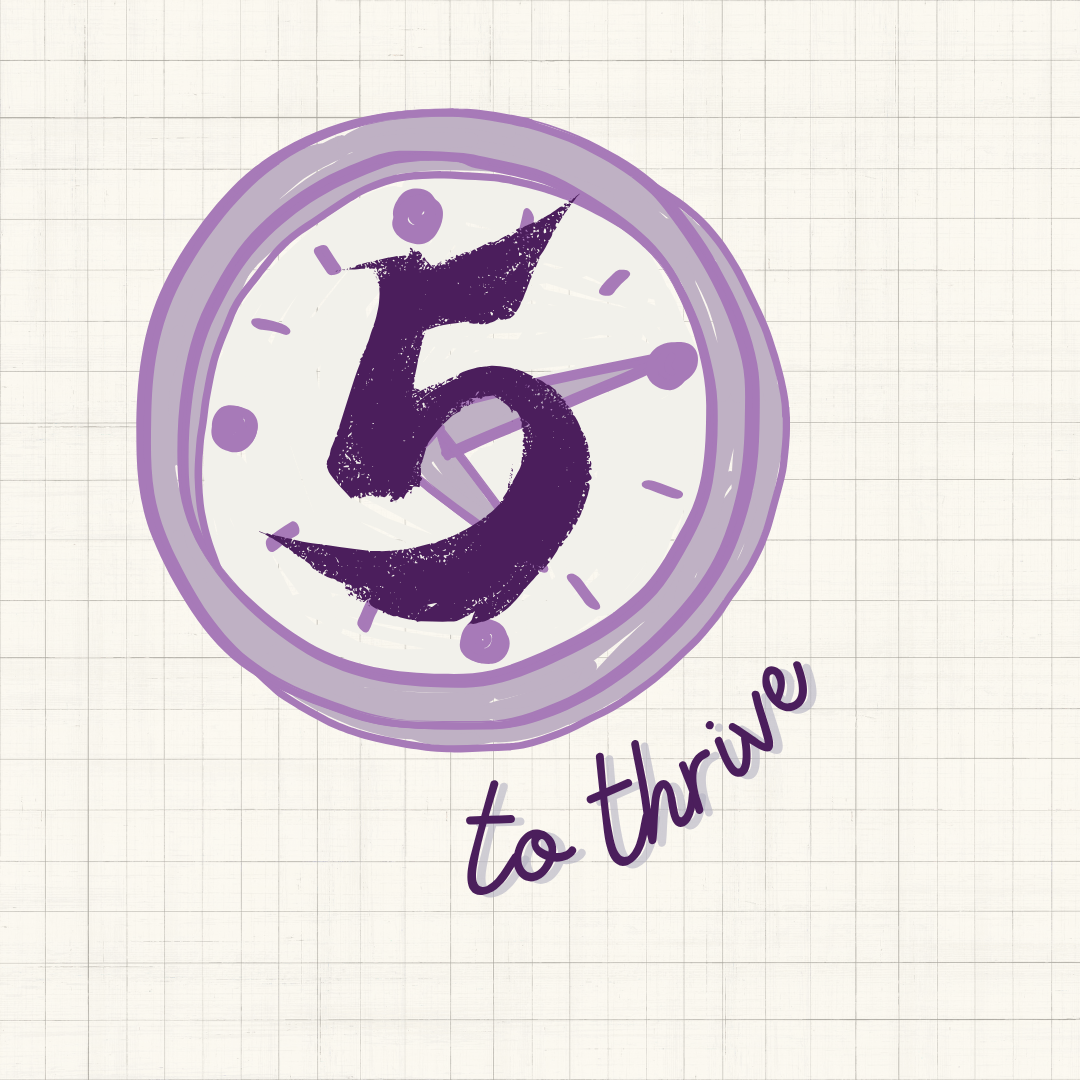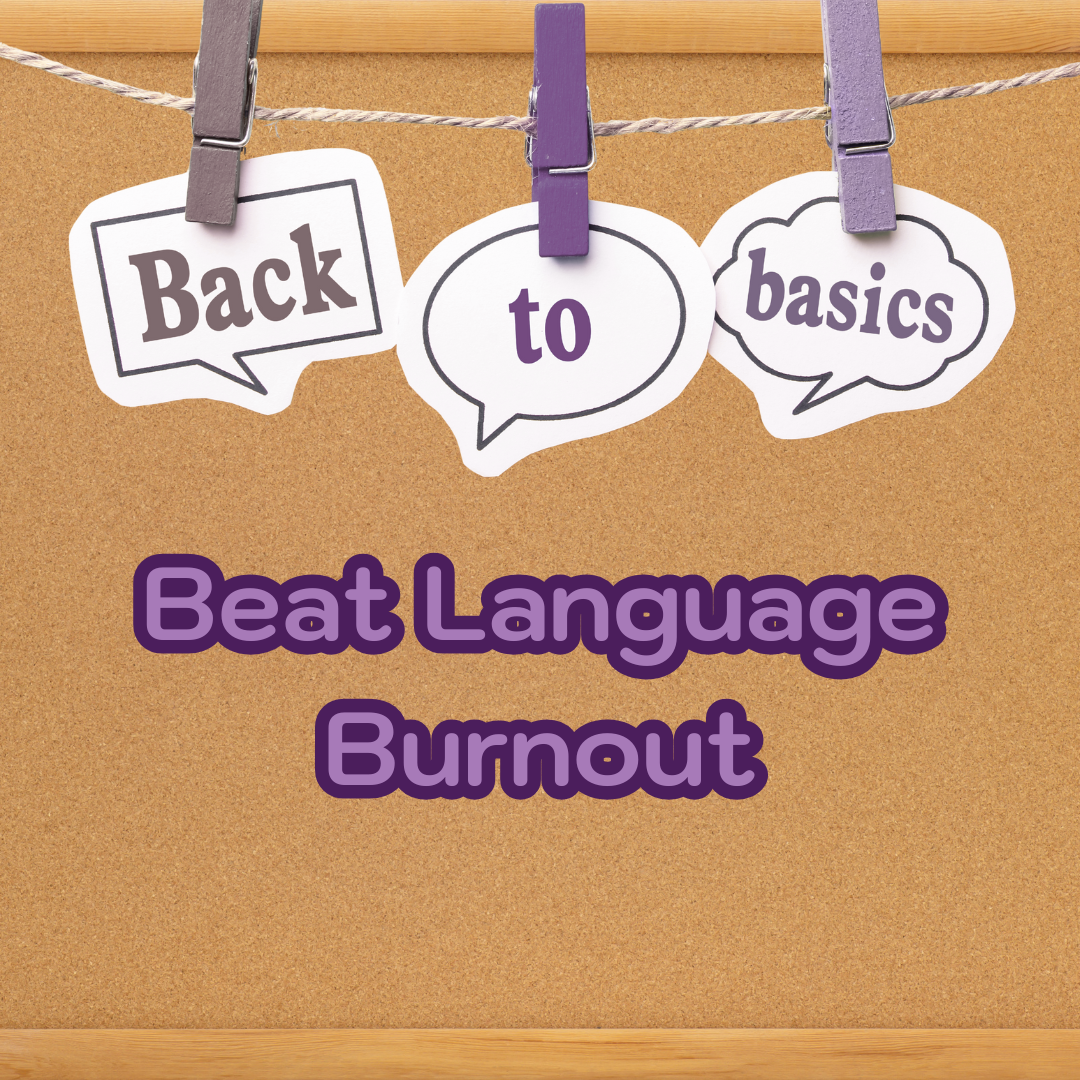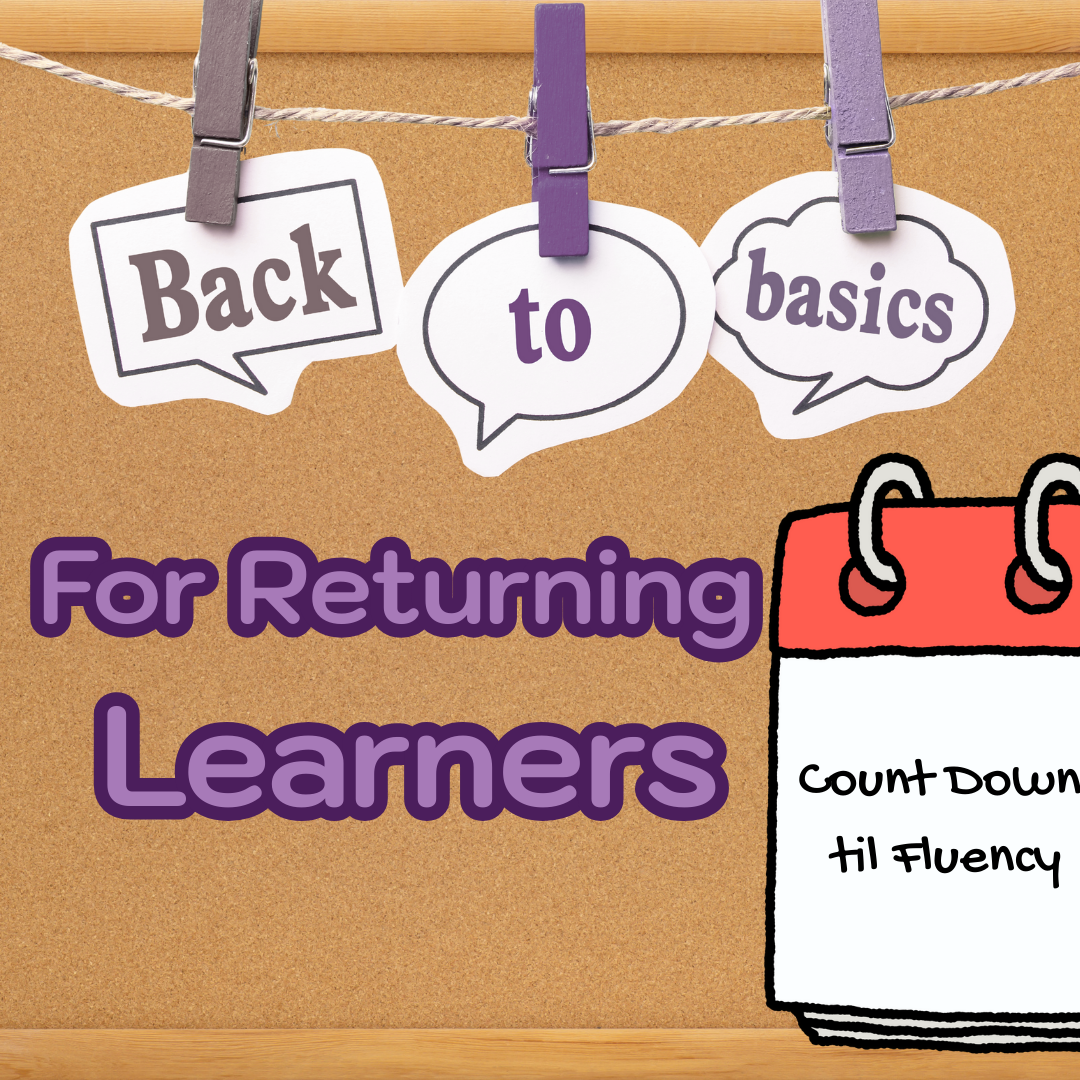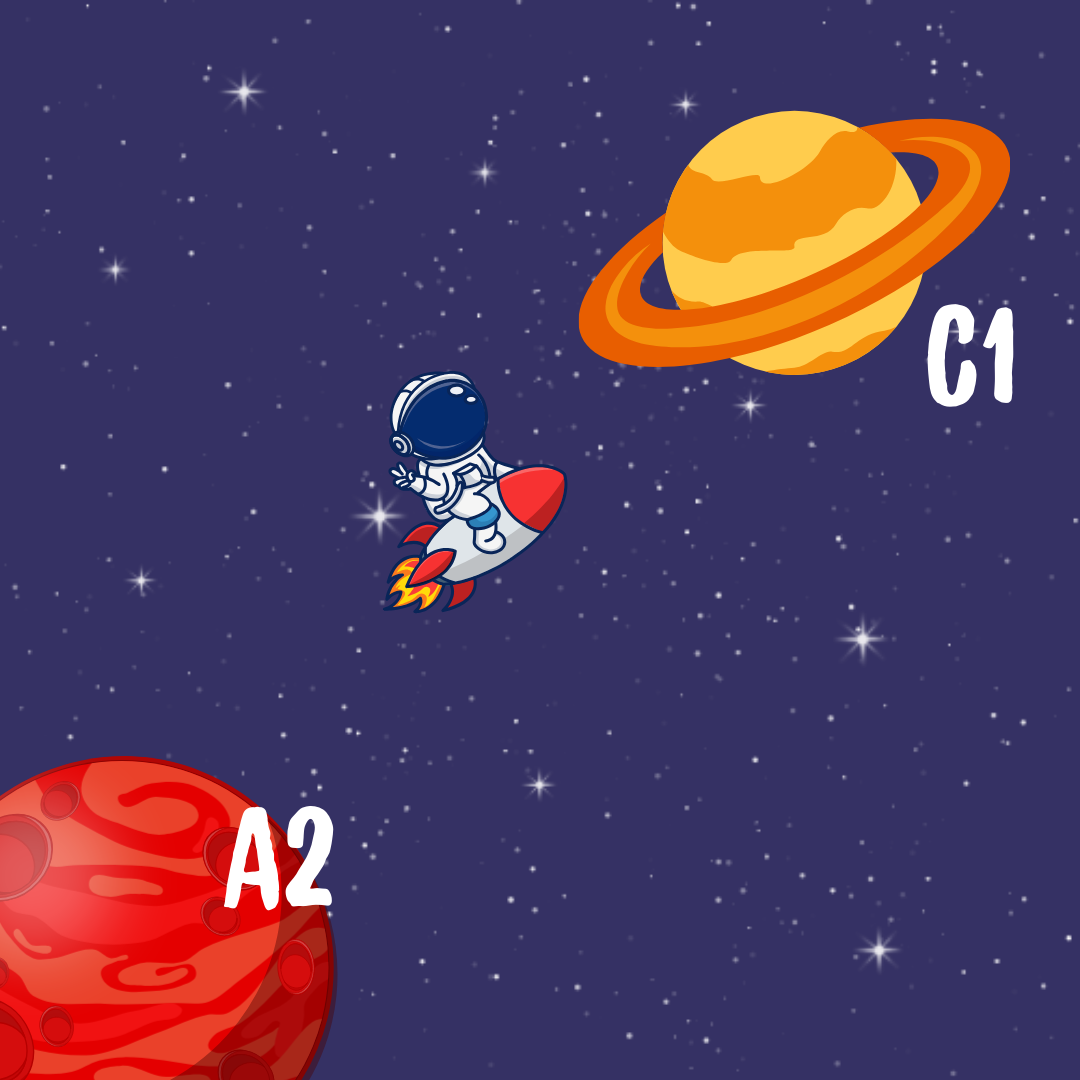Fast vs. Slow: What Listening Speed Says About Your Language Learning Goals
We’ve discussed the importance of both intensive and extensive listening and the significance of each already. But just to jog your memory-
Intensive listening is exactly what it sounds like: focused, purposeful, and often repeated listening practice.
Extensive listening is about broad exposure to the language in more casual, passive ways.
Now let’s talk about the speed at which you listen and the benefits.
2x or 0.5x? Let’s Talk Listening Speed in Language Learning
Let’s set the scene: You're settled into your language study zone—tea in hand, headphones on, journal open—and you press play on your favorite Korean podcast or Spanish drama. But wait… do you listen at regular speed?
Or do you crank it up to 2x and go full Flash-mode? Or maybe you slow it all the way down to 0.5x, turning every sentence into a deep philosophical monologue?
Believe it or not, the speed at which you listen can say a lot about your current goals in language learning. And more importantly, it can shape your results. So let’s break it down: when to go fast, when to go slow, and how both can supercharge your skills—without melting your brain.
🐢 The Benefits of 0.5x Speed: Slow and Steady Wins the…Comprehension?
1. Perfect for Beginners and Intensive Listening
Slowing down audio to 0.5x speed is like hitting the “zoom in” button on listening practice. You're no longer just hearing words; you’re dissecting them. At this speed, you can:
Catch tricky pronunciation details
Clearly hear word boundaries
Mimic intonation more accurately
Pause and shadow in real-time without anxiety
💡 Pro Tip: The Chrome extension language reactor is perfect for changing the speed to how you like it.
Think of 0.5x as your listening magnifying glass.
It’s ideal for intensive listening, where your goal is deep comprehension and mastery of specific grammar structures, vocabulary, or pronunciation.
2. Your Accent’s Best Friend
Ever feel like you sound like you’re chewing gum while speaking your target language? That’s often because we’re guessing at sounds we’ve never fully heard. Listening slowly can help internalize the rhythm and melody of native speech and reduce the dreaded mumble mouth.
💡 Pro Tip: Use slow audio during shadowing exercises or when watching complex dramas. Bonus points if you slow down just one character who talks too fast while the rest stay at normal speed.
⚡️ The Benefits of 2x Speed: Enter the Comprehension Gym
1. Brain Gains for Intermediate to Advanced Learners
Cranking up to 2x speed isn’t just for overachievers; it’s for learners looking to train their ear to process spoken language at a native pace (or faster). You might not catch every word at first, but over time you’ll notice:
Better overall comprehension at normal speed
Less “freezing” when faced with fast native conversations
Increased stamina during long listening sessions
2x speed is a staple of extensive listening, where the goal isn’t perfection, it’s exposure, exposure, exposure.
Train your ears to carry the weight of long fast paced conversations.
2. Time Efficiency + Natural Fluency
Language learning can be a time suck, but fast-speed listening lets you:
Cover more content in less time
Re-listen to familiar materials without boredom
Passively immerse yourself while commuting or folding laundry
⚠️ Note of Caution: Listening at 2x speed should only be done with comprehensible input (audio that you already understand 70-80% of). Don’t torture yourself with brand-new, difficult content at lightning speed. That’s just self-inflicted pain.
🎯 Intensive vs. Extensive Listening—How Speed Plays a Role
Intensive Listening Precision & comprehension 0.5x to 1x Shadowing, transcribing, grammar mining
Extensive Listening Exposure & fluency 1x to 2x Podcasts, audiobooks, binge-watching
How to Decide Which to Use:
🧠 Need to improve your accent or grammar comprehension? Slow it down.
🚀 Need more listening hours under your belt? Speed it up.
🤷🏾♀️ Feeling tired but still want to study? Listen at 1x with subtitles for a happy medium.
🔄 Replaying something familiar? Try it faster this time. It helps reinforce known vocab under pressure.
Mix It Up: The Real Secret to Progress
You don’t have to pick a side. Use both speeds strategically depending on your mood, goal, and energy level.
Try this rotation:
New lesson? Start at 0.75x for clarity.
Second listen? Try 1x speed with shadowing.
Revisit later in the week? Push to 1.5x or 2x to test retention.
It’s all about adaptability. The more flexible you are with your listening speeds, the more confident you’ll become in any real-world conversation, whether it’s fast food ordering or fast-talking locals.
💡 Pro Tip: Listening to the same YouTube video at different speeds with Language Reactor (for double the subtitles) is a game changer
It’s Not a Race, It’s a Rhythm
Language learning isn’t about who finishes the podcast first. It’s about how deeply you absorb what you hear—and how often you keep showing up. Whether you’re slowing things down to savor every syllable or sprinting through audio for extra exposure, your ears are getting sharper.
So, which one are you today—the tortoise or the hare?
Let me know in the comments below what your go-to listening speed is—and why. 🎧











Studying should add to your life, not drain the little energy you have left.